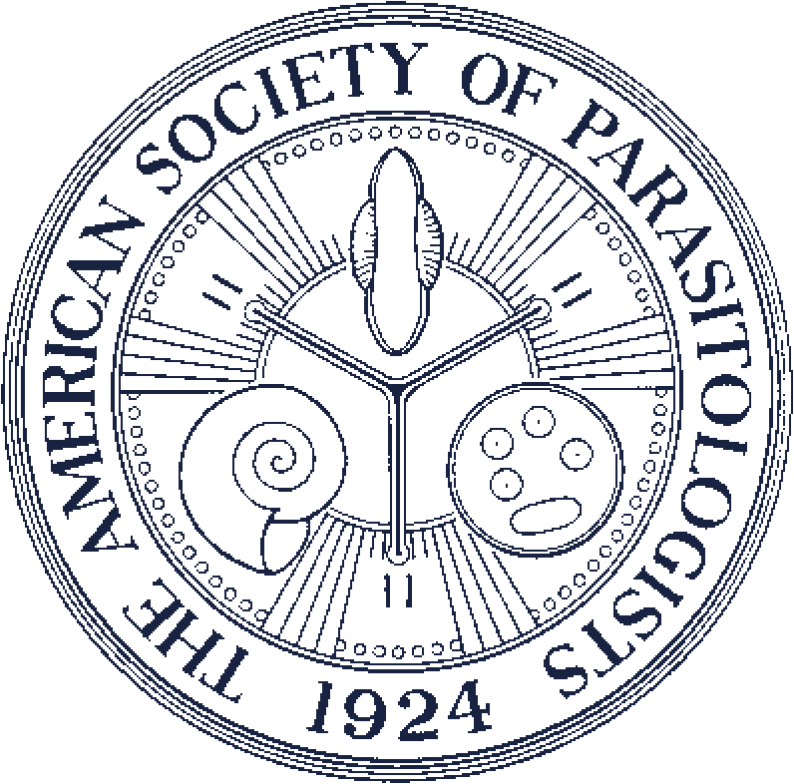Multilocus Metabarcoding of Terrestrial Leech Bloodmeal iDNA Increases Species Richness Uncovered in Surveys of Vertebrate Host Biodiversity
ABSTRACT
Leech-derived invertebrate DNA (iDNA) has been successfully leveraged to conduct surveys of vertebrate host biodiversity across the Indo Pacific. However, this technique has been limited methodologically, typically only targeting mammalian 16S rDNA, or both 16S and vertebrate 12S rDNA for leech host determination. To improve the taxonomic richness of vertebrate host species in iDNA surveys, we re-analyze datasets from Bangladesh, Cambodia, China, and Madagascar through metabarcoding via next generation sequencing (NGS) of 12S, 16S (2 types, one designed to target mammals and the other, residual eDNA), nicotinamide adenine dinucleotide hydride dehydrogenase 2 (ND2), and cytochrome c oxidase subunit 1 (COI). With our 5 primer sets, we identify 41 unique vertebrate hosts to the species level, among 1,200 leeches analyzed, along with an additional 13 taxa to the family rank. Within our 41 taxa, we note that adding ND2 and COI loci increased species richness detection by 25%. NGS has emerged as more efficient than Sanger sequencing for large scale metabarcoding applications and, with the decline in cost of NGS, our pooled sample multilocus protocol is an attractive option for iDNA biodiversity surveys.

Family-level taxonomic assignment across collection sites. Colors correspond to taxonomic class. Boxes outlined in red indicate geographically implausible taxa. Color version available online.

Proportions of family-level identifications by taxonomic class. (A) Family-level identifications grouped by class. (B) Ambiguous taxa grouped by class. Color version available online.

Taxonomic coverage of loci, with families grouped by class. Values represent number of distinct taxa (richness) at the family level. “Other” indicates hits to loci not targeted by our primer sets (i.e., whole mitochondrial genomes). Color version available online.
Contributor Notes
